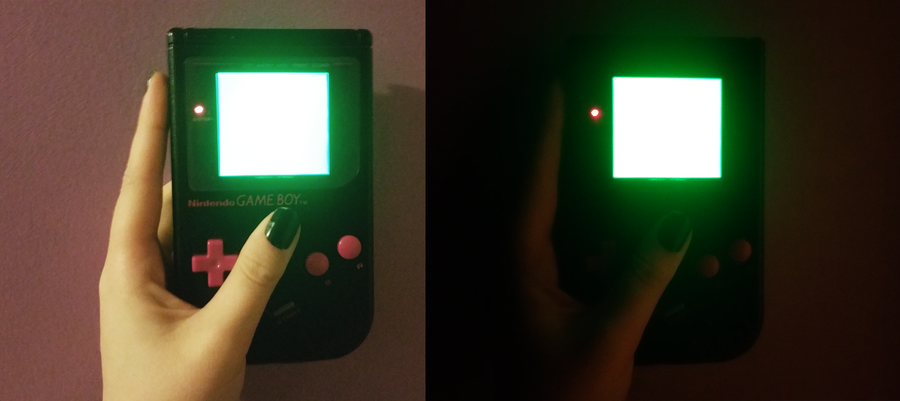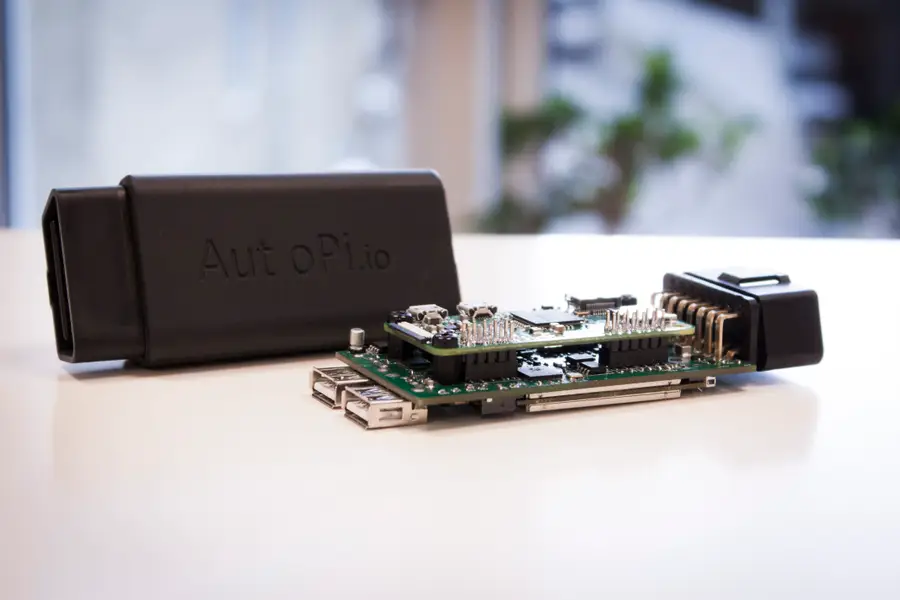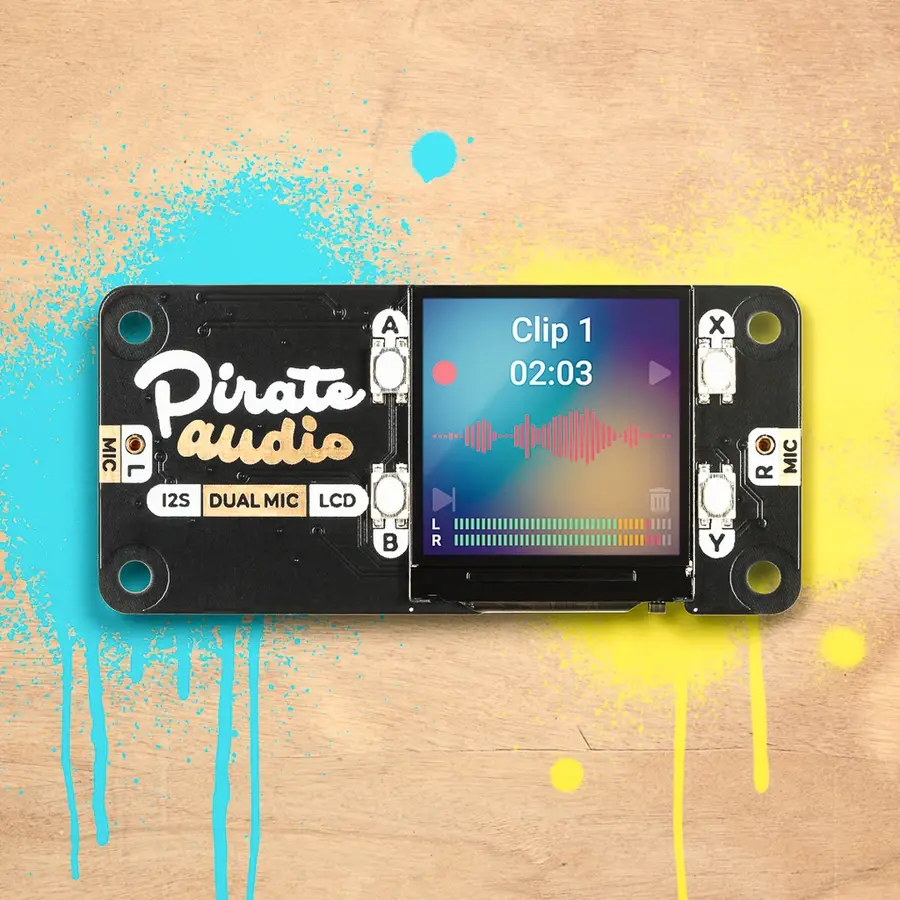Lakka vs RetroPie: Which is Best?
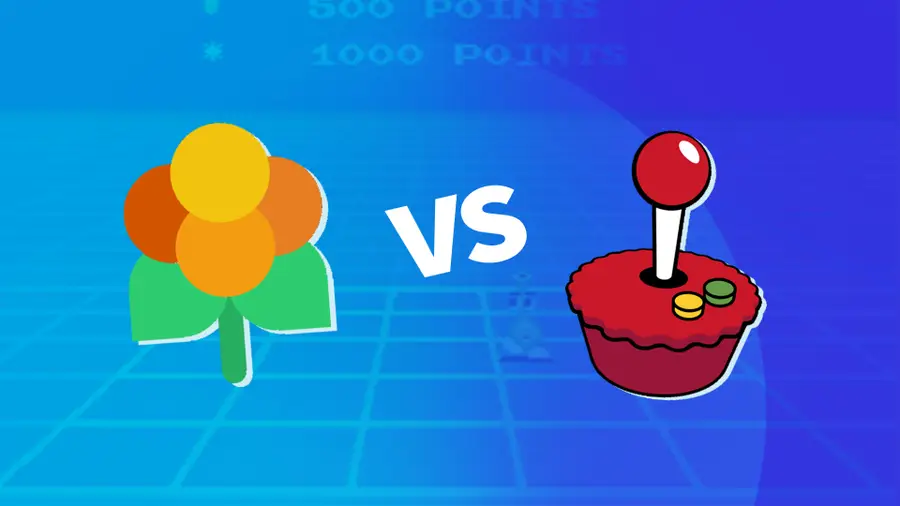
Share
Interests
Posted in these interests:



RetroPie and Lakka are two of the most popular retro gaming platforms for the Raspberry Pi. They both provide a system for makers to emulate hundreds of retro gaming classics. But how are they different and which one is best for you?
In this guide, we’ll take a look at different aspects of these platforms to help you determine the best option for your retro gaming project.
1 – What is Lakka?
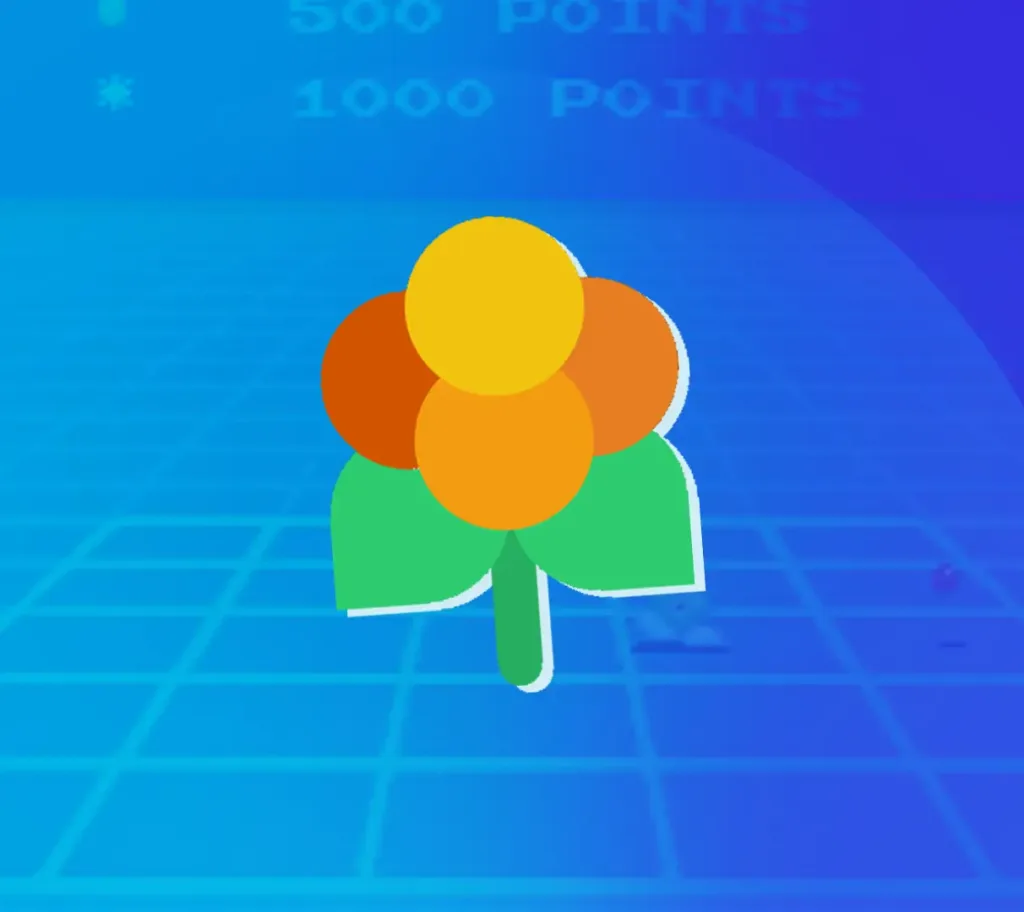
Lakka is an open-source lightweight Linux distro designed to operate as a retro gaming platform. Built on top of LibreELEC, Lakka uses RetroArch to emulate a huge selection of retro gaming systems.
It’s designed to operate out-of-the-box; it comes only with cores that work with whatever architecture you choose to download. Cores contain the code necessary to emulate a specific system like NES or Playstation. Making use of the Libretro API, you can add a new core to a standalone installation of RetroArch as easily as installing a plugin. With Lakka, all of the cores are pre-installed so you have to make do with what is there. It has plenty of features like USB controller recognition, custom wallpapers, and online multiplayer.
Pros:
- Lightweight OS
- Supports multiple SBCs
- Can run on the Raspberry Pi 4
Cons:
- Restricted to only using RetroArch and provided cores
More information on Lakka
For even more information on Lakka, check our Lakka FAQs page.
2 – What is RetroPie?
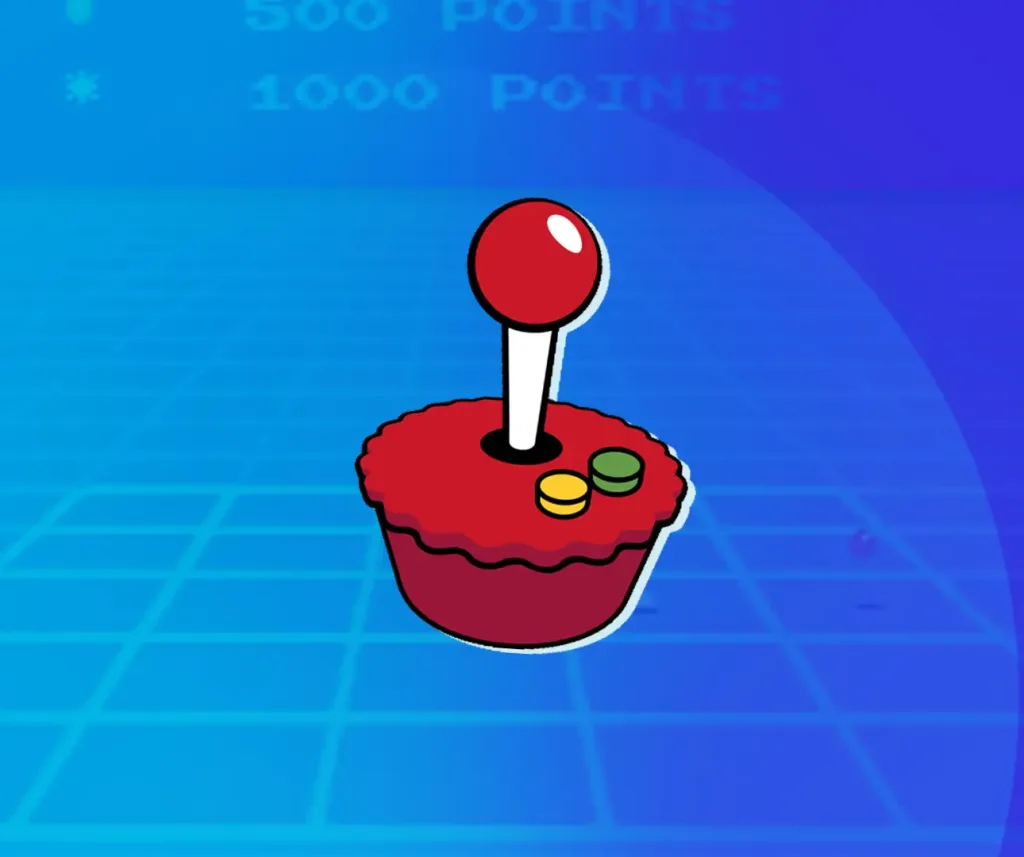
RetroPie is a retro gaming platform created from open-source emulation software. This package is only available on the Raspberry Pi. There’s no official RetroPie distribution for other SBCs.
It’s built on Raspberry Pi OS using EmulationStation as its frontend. Retropie has access to all of the cores available in RetroArch as well as standalone emulators. A desktop environment can be installed, allowing you to utilize it as a full-fledged operating system.
Pros:
- Built on Raspberry Pi OS
- Can add standalone emulators
- Many customization options
Cons:
- Only available on the Raspberry Pi
- No support for the Raspberry Pi 4
3 – Installation
Lakka and RetroPie are both easy to install. They both offer original images that can be flashed onto an SD card. However, RetroPie can also be installed via the command line on a Raspberry Pi with Raspberry Pi OS.
Lakka
The official website provides a variety of Lakka download options. Lakka is officially supported on the Raspberry Pi Zero, Raspberry Pi, Raspberry Pi 2, 3, and 4 models. It is one of your only options when it comes to pre-built images on the Raspberry Pi 4.
RetroPie
You can find the official RetroPie package available for download on the RetroPie website. RetroPie is supported on the Raspberry Pi Zero, Raspberry Pi, Raspberry Pi 2, and 3 models. Unfortunately, Pi 4 users will have to wait, as an official RetroPie image has yet to be released for the platform.
You can read more about how to create a RetroPie gaming rig in-depth with our guide.

RetroPie: Build Your Own Raspberry Pi Retro Gaming Rig
How to install (and use) RetroPie!
Winner: RetroPie
While both Lakka and RetroPie can be easily flashed to an SD card, RetroPie can also be installed via the command line with Raspberry Pi OS. Once you’ve installed RetroPie, check out our guide to see the best controllers for RetroPie to make sure you have a proper setup!

The Best RetroPie Controllers – Top 10 (2023)
Don’t skimp on your RetroPie controller—get the best!
4 – Performance
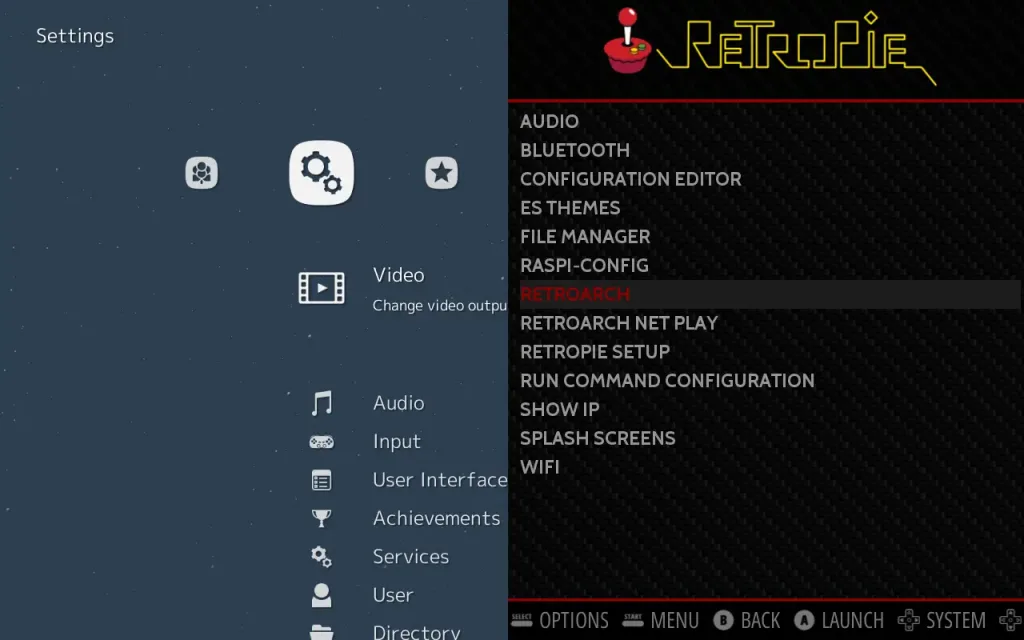
The best comparison for Lakka and RetroPie is like playing a CD on a CD player vs a PC. On both platforms, the RetroArch content is running on the same hardware. Lakka is lighter and may give a slight performance boost. But RetroPie’s additional customization options set it apart from Lakka’s limited interface.
Lakka
Lakka is an embedded operating system. It only provides RetroArch cores and isn’t designed to support additional or custom emulation software.
RetroPie
The RetroPie image includes the full Raspberry Pi OS. It can handle much more than just RetroArch and was developed with customization in mind. You can easily add additional emulation software to your retro gaming platform with RetroPie.
Winner: Lakka
This one goes to Lakka. With a smaller dedicated package, more resources are available to help run your favorite titles.
5 – Loading emulators
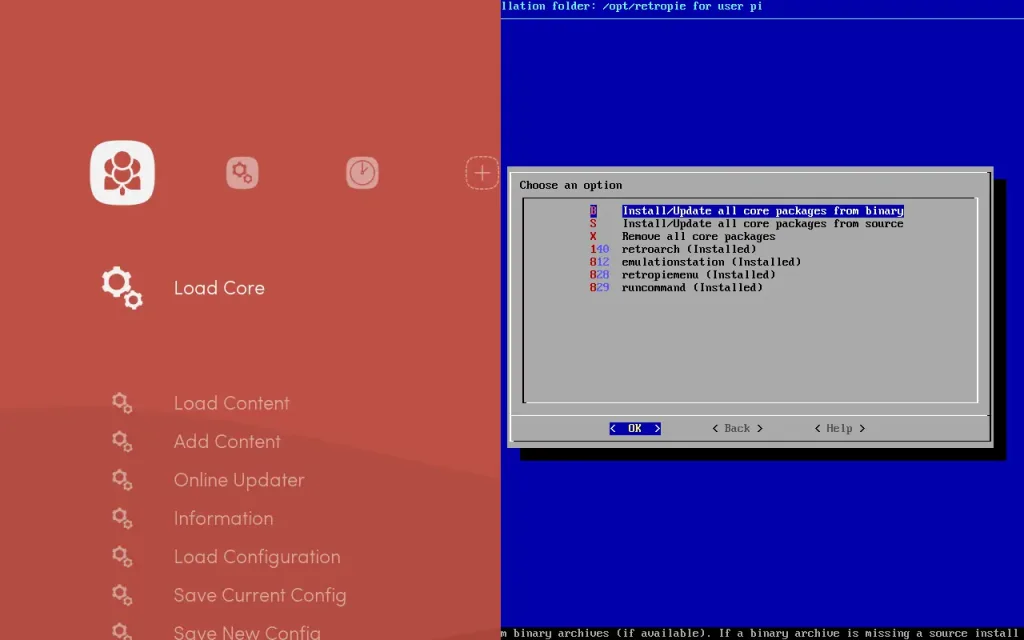
Emulators are at the core of retro gaming—no pun intended. Lakka and RetroPie are similar in their support for RetroArch but differ when it comes to the installation of additional emulators.
Lakka
Lakka only comes with compatible libretro cores for the architecture you selected. You can’t add additional cores or emulation software to Lakka.
RetroPie
RetroPie includes all of the cores that come with libretro. You can include additional standalone emulators that appear in the UI using EmulationStation. Additional cores are added using the RetroPie configuration menu.
Winner: RetroPie
Lakka is too limited to win this one. RetroPie has way more options when it comes to emulation software.
6 – Loading ROMs
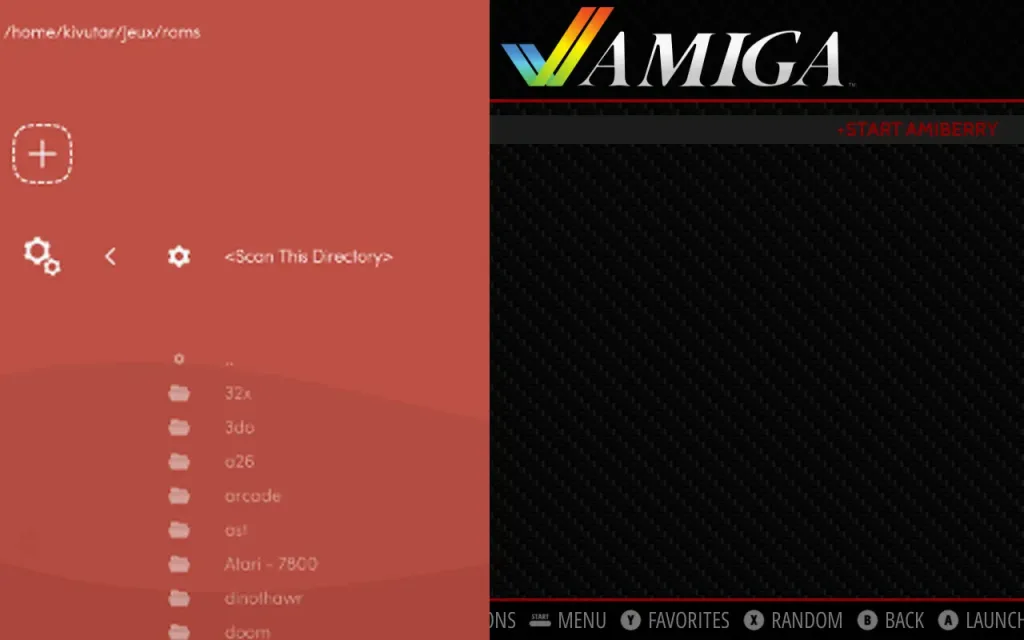
ROMs are critical to retro gaming. If you want to know where to find some, check out our guide on where to find ROMs free and legally. Lakka and RetroPie both make the ROM loading process super simple. If you can drag and drop files between two folders, you’re going to be fine.

Where to Find and Download RetroPie ROMs (Free and Legally)
Let’s find something to play!
Lakka
To load ROMs in Lakka, you need to access the Lakka file system and place them in the roms folder. The team also developed a method for adding ROMs using a USB drive.
RetroPie
Adding ROMs to RetroPie involves placing them into the roms folder. Check out our guide on how to add ROMs to RetroPie for more details on this process.

How to Add ROMs to RetroPie
You gotta put ’em somewhere!
Winner: Toss-Up
Both Lakka and RetroPie load ROMs in a similar fashion. It’s just a matter of placing your ROMs in the right folder.
7 – Customization
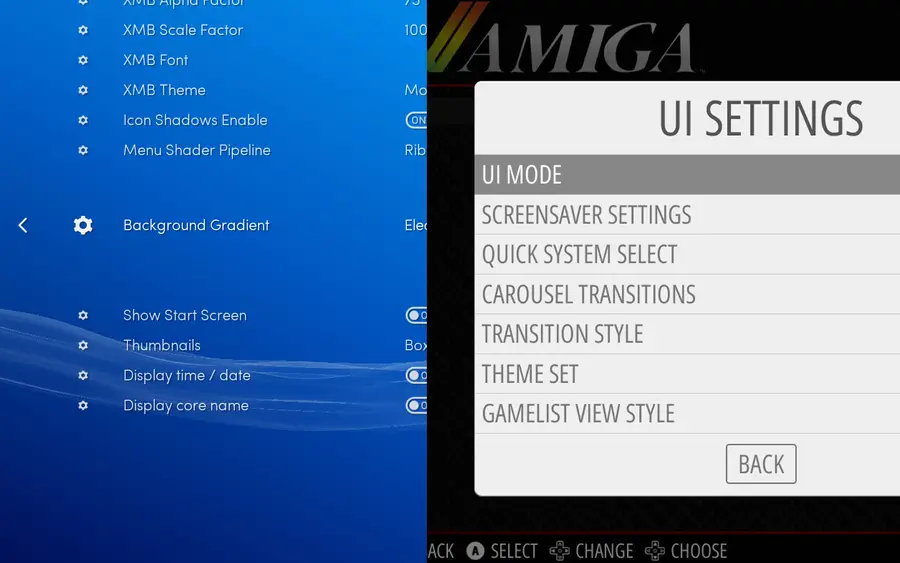
Retro gaming is cool and all, but so is a little personalization. Both systems provide avenues for customizing your retro gaming platform, but they definitely aren’t equal in this department.
Lakka
You can customize your Lakka interface with a few dynamic wallpaper options. These change the look and feel of the interface without moving around any elements. You can also update your ROM list with thumbnail artwork.
RetroPie
RetroPie takes customization to the next level. The RetroPie themes do a lot more than just change the background—entire elements are moved around the display. You can also take advantage of scrapers to add custom thumbnail artwork for ROMs. But the most notable customization option for RetroPie is the ability to add your own splash screen on bootup.

How to change the RetroPie splash screen (or set a custom one)
Now loading cool stuff…

RetroPie scrapers: what they are and how to use them
Wait, which game is this?

The Best RetroPie Themes (And How to Install Them)
You deserve some personal flair!
Winner: RetroPie
RetroPie takes the cake when it comes to customization! From themes that change the UI to custom splash screens, it has Lakka beat by a long shot.
8 – Lakka vs Retropie: Which is better?
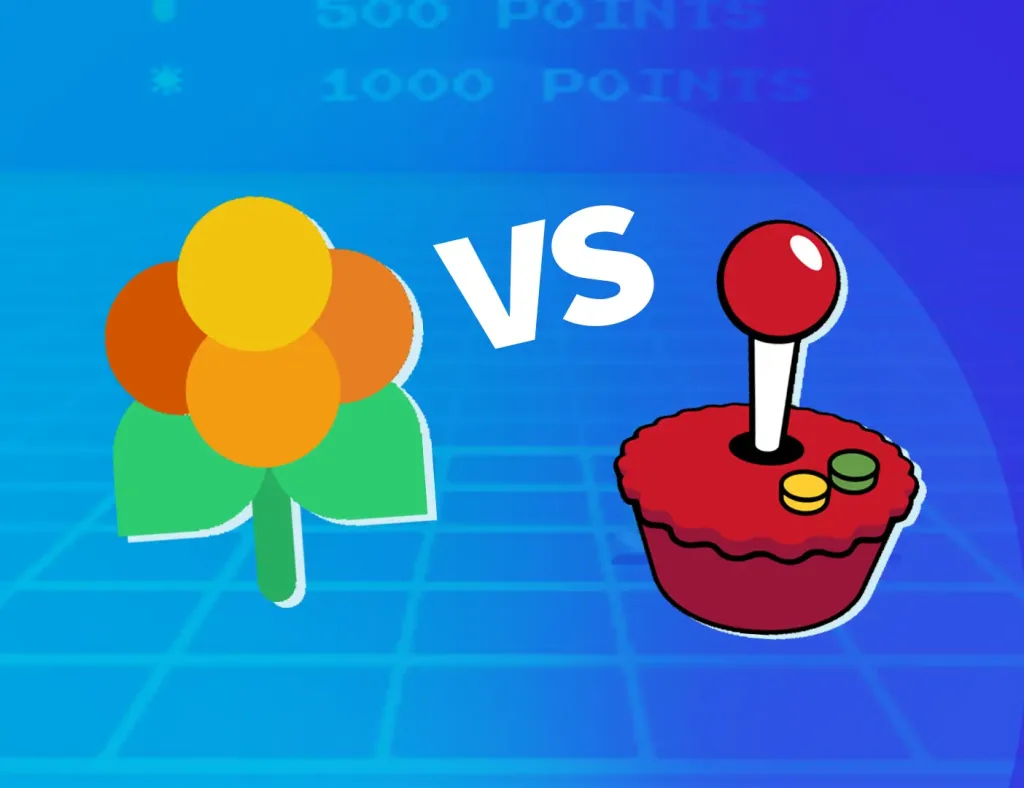
| Category | Lakka | RetroPie |
|---|---|---|
| Installation | ❌ | ✔️ |
| Performance | ✔️ | ❌ |
| Loading Emulators | ❌ | ✔️ |
| Loading Roms | ✔️ | ✔️ |
| Customization | ❌ | ✔️ |
Overall, both Lakka and RetroPie are very capable emulation platforms. RetroPie offers more in the way of emulation support while Lakka provides more variety in its hardware support.
If you want a personalized retro gaming machine with a thorough selection, RetroPie is your best bet. If you want something lightweight or compatible with the Raspberry Pi 4, check out Lakka. If you just can’t decide, give them both a try and see which one works best for your retro gaming project.
Getting started
Check out our full RetroPie setup guide to get started with RetroPie!

RetroPie: Build Your Own Raspberry Pi Retro Gaming Rig
How to install (and use) RetroPie!






